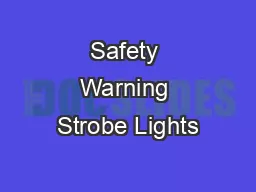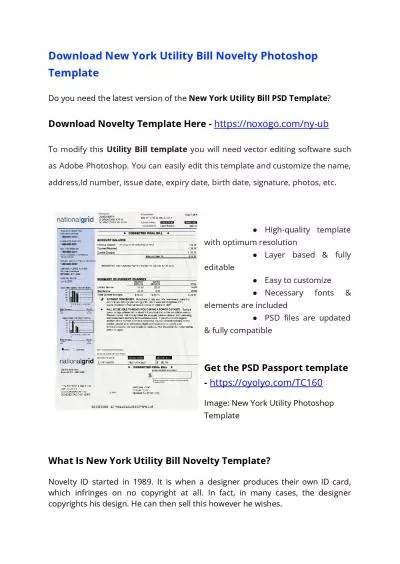PDF-New York “Micro
Author : mudth | Published Date : 2020-11-20
1 Cluster Strategy October 21 2020 Executive Summary Since the onset of the COVID crisis New York State has relied on data and metrics science and public health
Presentation Embed Code
Download Presentation
Download Presentation The PPT/PDF document "New York “Micro" is the property of its rightful owner. Permission is granted to download and print the materials on this website for personal, non-commercial use only, and to display it on your personal computer provided you do not modify the materials and that you retain all copyright notices contained in the materials. By downloading content from our website, you accept the terms of this agreement.
New York “Micro: Transcript
Download Rules Of Document
"New York “Micro"The content belongs to its owner. You may download and print it for personal use, without modification, and keep all copyright notices. By downloading, you agree to these terms.
Related Documents














